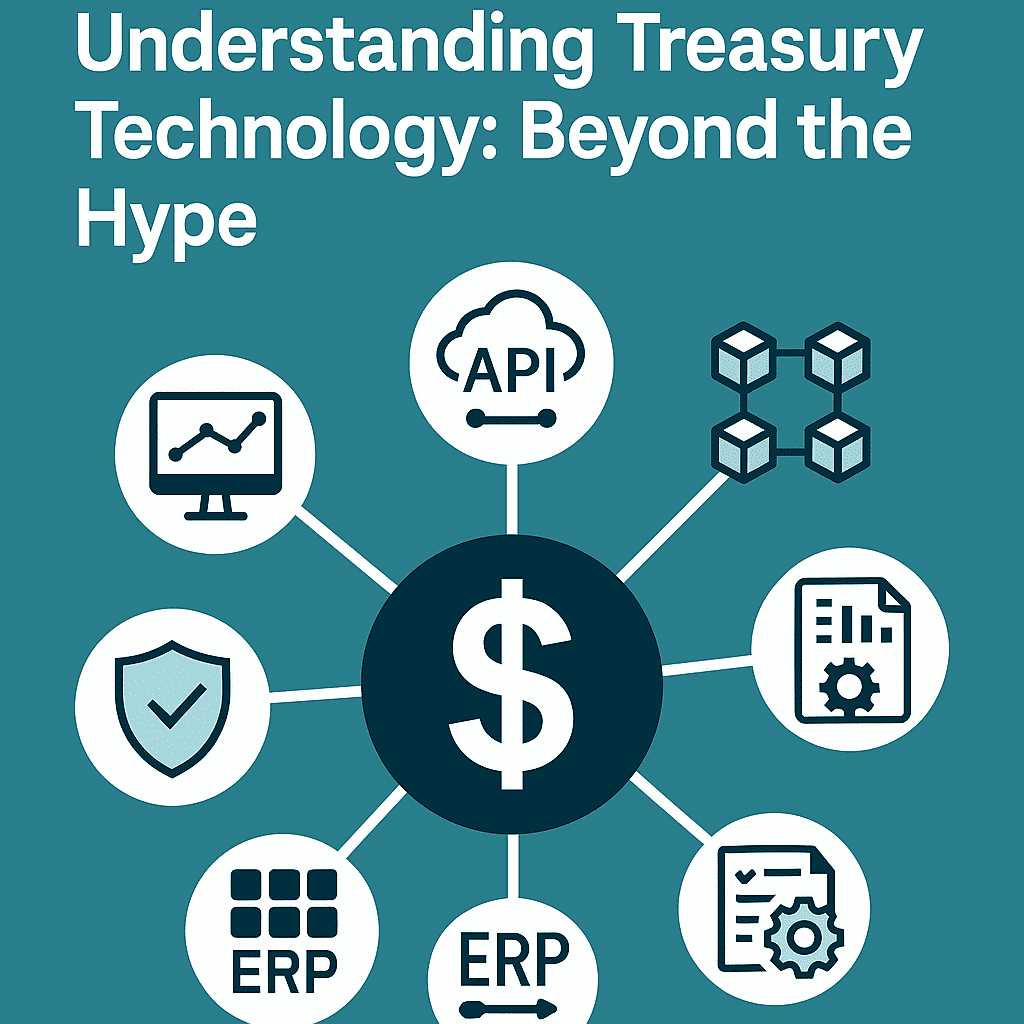Introduction
The Cash Conversion Cycle (CCC) is a vital metric in corporate finance and working capital management, measuring how efficiently a company converts its investments in inventory and receivables into cash. By analyzing the CCC and its components, businesses can identify inefficiencies, optimize cash flow, and improve operational performance. This chapter delves into the components of the CCC, their calculation, and strategies to manage and optimize each segment effectively.
1. Understanding the Cash Conversion Cycle (CCC)
1.1 Definition
The Cash Conversion Cycle measures the time it takes for a business to convert cash invested in operations into cash received from customers.
1.2 Formula
CCC=Days Inventory Outstanding (DIO)+Days Sales Outstanding (DSO)−Days Payable Outstanding (DPO)
1.3 Interpretation
Shorter CCC: Indicates efficient cash management and faster cash recovery.
Longer CCC: Suggests slower cash turnover, which can strain liquidity.
2. Components of the CCC
The CCC consists of three key components:
2.1 Days Inventory Outstanding (DIO)
Definition
DIO measures the average number of days a company takes to convert inventory into sales.
Formula
Key Factors
Inventory Turnover: Higher turnover reduces DIO and frees up cash.
Product Lifecycle: Perishable or seasonal goods may require faster inventory turnover.
Strategies to Optimize DIO
Adopt Just-In-Time (JIT) Inventory Management:
Reduce holding costs by synchronizing inventory purchases with production needs.
Leverage Technology for Demand Forecasting:
Use AI and analytics to align inventory with customer demand.
Eliminate Slow-Moving Inventory:
Regularly review inventory for obsolete or slow-moving items.
Impact on CCC
Lowering DIO shortens the CCC by reducing the cash tied up in inventory.
2.2 Days Sales Outstanding (DSO)
Definition
DSO measures the average number of days it takes for a company to collect payment from its customers after a sale.
Formula
Key Factors
Credit Terms: Longer payment terms increase DSO but may attract more customers.
Customer Creditworthiness: High-risk customers may delay payments.
Strategies to Optimize DSO
Implement Strict Credit Policies:
Conduct credit checks and set clear payment terms.
Offer Early Payment Incentives:
Provide discounts to customers who pay before the due date.
Automate Invoicing and Collections:
Use digital tools to send reminders and process payments faster.
Impact on CCC
Reducing DSO accelerates cash inflows, shortening the CCC.
2.3 Days Payable Outstanding (DPO)
Definition
DPO measures the average number of days a company takes to pay its suppliers after receiving goods or services.
Formula
Key Factors
Negotiated Payment Terms: Favorable terms extend DPO without straining supplier relationships.
Supplier Relationships: Strong relationships may offer flexibility in payment timing.
Strategies to Optimize DPO
Negotiate Extended Payment Terms:
Extend terms without incurring late payment penalties.
Leverage Supply Chain Financing:
Use supplier financing to delay cash outflows while ensuring timely supplier payments.
Consolidate Suppliers:
Build stronger relationships with fewer suppliers to negotiate better terms.
Impact on CCC
Increasing DPO lengthens the time a company holds onto cash, effectively reducing the CCC.
3. The CCC in Context
3.1 Industry-Specific Considerations
Retail: Typically low DIO due to fast inventory turnover but may have high DSO.
Manufacturing: Longer DIO due to complex production processes.
Services: No inventory component, so CCC primarily involves DSO and DPO.
3.2 Relationship Between Components
Balancing DIO, DSO, and DPO is essential to optimizing the CCC without compromising supplier or customer relationships.
3.3 Benchmarking CCC
Compare CCC with industry peers to identify relative efficiency.
Monitor CCC trends over time to assess operational improvements.
4. Strategies to Optimize the CCC
4.1 Technology and Automation
ERP Systems: Centralize data for real-time tracking of inventory, receivables, and payables.
Treasury Management Systems (TMS): Automate cash flow forecasting and payments.
4.2 Process Improvements
Streamline workflows for inventory management, invoicing, and payments.
Use vendor-managed inventory (VMI) to align supply with demand.
4.3 Financial Strategies
Use factoring to accelerate receivables collection.
Leverage dynamic discounting to balance early payment discounts with cash flow needs.
4.4 Collaboration Across Departments
Align finance, procurement, and sales teams to ensure consistent cash flow objectives.
5. Challenges in Managing the CCC
5.1 External Factors
Economic downturns can lengthen DSO and DPO.
Supply chain disruptions may increase DIO.
5.2 Internal Inefficiencies
Inaccurate demand forecasting leading to excess inventory.
Delayed invoicing and collections processes.
5.3 Balancing Priorities
Extending DPO too far can harm supplier relationships.
Shortening DSO too aggressively may deter customers.
6. Emerging Trends in CCC Optimization
6.1 Advanced Analytics
Use predictive analytics to optimize inventory levels and cash flow.
6.2 Blockchain Technology
Enhance transparency and trust in receivables and payables management.
6.3 Sustainable Working Capital Practices
Incorporate ESG principles into supplier and inventory management.
Conclusion
The Cash Conversion Cycle is a critical indicator of operational efficiency and liquidity management. Understanding and optimizing its components—Days Inventory Outstanding, Days Sales Outstanding, and Days Payable Outstanding—empowers organizations to unlock working capital, improve cash flow, and enhance financial resilience. By leveraging technology, adopting strategic practices, and continuously monitoring performance, businesses can achieve a streamlined CCC and maintain a competitive edge.
Components of the Cash Conversion Cycle (CCC)
components-of-the-cash-conversion-cycle-(ccc)







Leave a Comment
You must be logged in to post a comment.